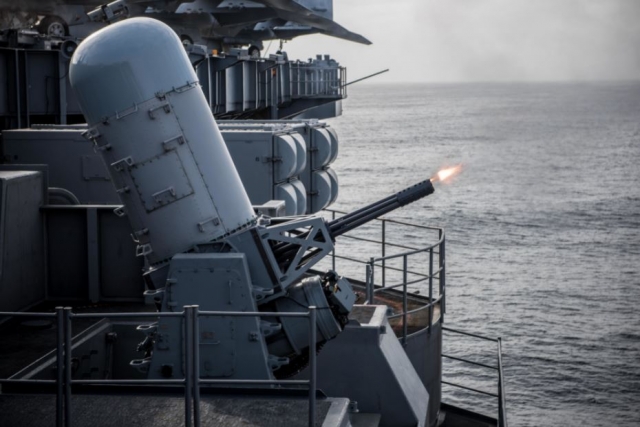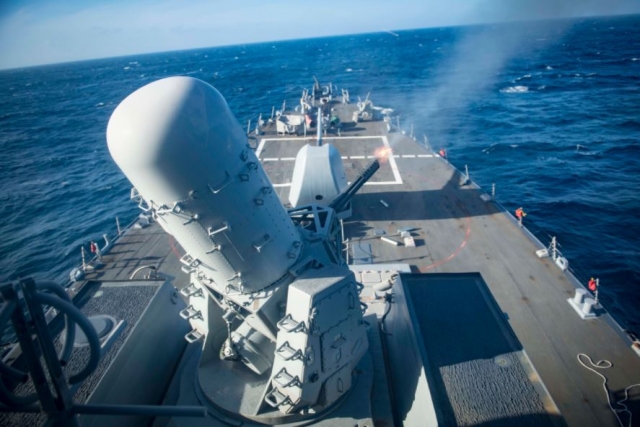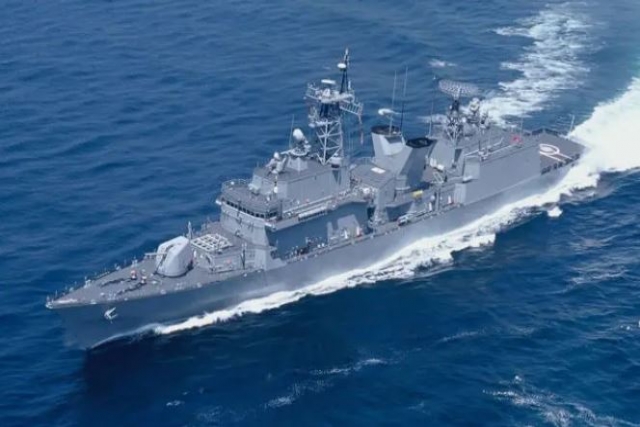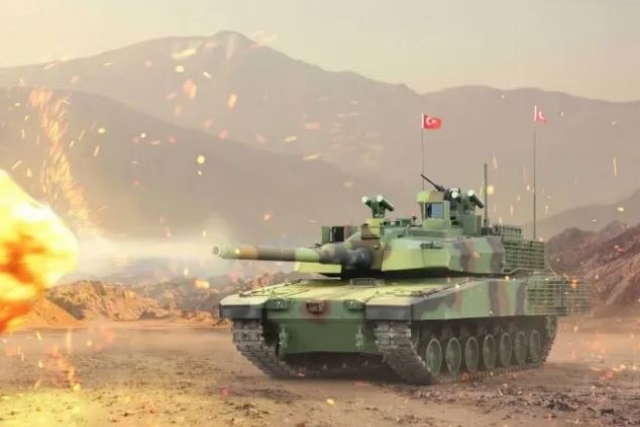S.Korean DAPA Announces Project to Develop Naval Interception System

South Korea’s Defense Acquisition Program Administration (DAPA) has launched a new project to develop Close In Weapon System-II (CIWS-II) to protect warships from hostile aircraft and missiles.
The ship-based gun will replace the Dutch- and American-made final-stage interception systems currently used by the Republic of Korea Navy (ROKN. CIWS-II is to be developed by 2027.
The CIWS-II project will use domestically developed technologies to counter various types of threats, such as those from hostile sea skimming missiles and infiltrating high-speed boats, DAPA was quoted as saying by local media.
The DAPA decided in the Defense Business Committee on March 31 to develop CIWS in South Korea. Around $4 million will be invested and then developed by 2030, the Korean news media reported back then.
The system will be mounted on major naval ships, including destroyers currently in development under the Korean Destroyer Next Generation project. It will also be installed on newly deployed naval ships such as KDDX, FFX-III, and CVX, followed by the gradual replacement of tens of old CIWS on other ships.
The U.S.-made Phalanx was introduced to the Korean Navy after the Dutch SGE-30 Goalkeeper was discontinued. The Raytheon-manufactured CIWS had a difficulty defending ships from supersonic anti-ship missiles, and required high maintenance and had acquisition costs despite of its proved reliability, as per an older Naval News report.

Two Korean companies, Hanwha Defense and LIG Nex1, have been competing each other to win the heart of the ROKN and to alternate Phalanx currently used by ROKN ships.
LIG Nex1 unveiled its CIWS-II design during MADEX 2021 naval defense exhibition held in June in Busan. The Chief Manager of LIG Nex1, Kwan-soo Kim, claimed that the company-made weapon enables vessels to defend themselves actively by rapid multiple engagement with support from two radars installed on the weapon system, respectively for surveillance and tracking. One of them is Korean-made AESA radar that will function as a means of detecting inbound hostile targets in farther distance. It is expected to help ordnance crews counteract more rapidly. The presence of these radars in one platform ensures ships to cover 360-degree of scanning range, which would track an aerial target until it is intercepted, once its information is sent to the system and then specified. He was confident that the system’s radars gives crews the capability to find, track, and destroy targets in real time, unlike previous outdated radars that perceive aerial targets by turning to spread waves.
Closely akin to the current Phalanx, the CIWS-II is armed with a 30mm GAU-8 gatling gun (more destructive than 20mm Phalanx), but the Chief Manager put an emphasis on the fact that it is only a conceptual design, implying the possibility of considering different design options and functions in the future. Regardless of any potential changes, LIG Nex1 argued that its CIWS-II would maintain the tactical superiority as a more precise and sophisticated ship defense platform. The previous goalkeeper was manually manipulated, but the CIWS-II would flexibly support automatic, manual, and semi-automatic manipulation.











